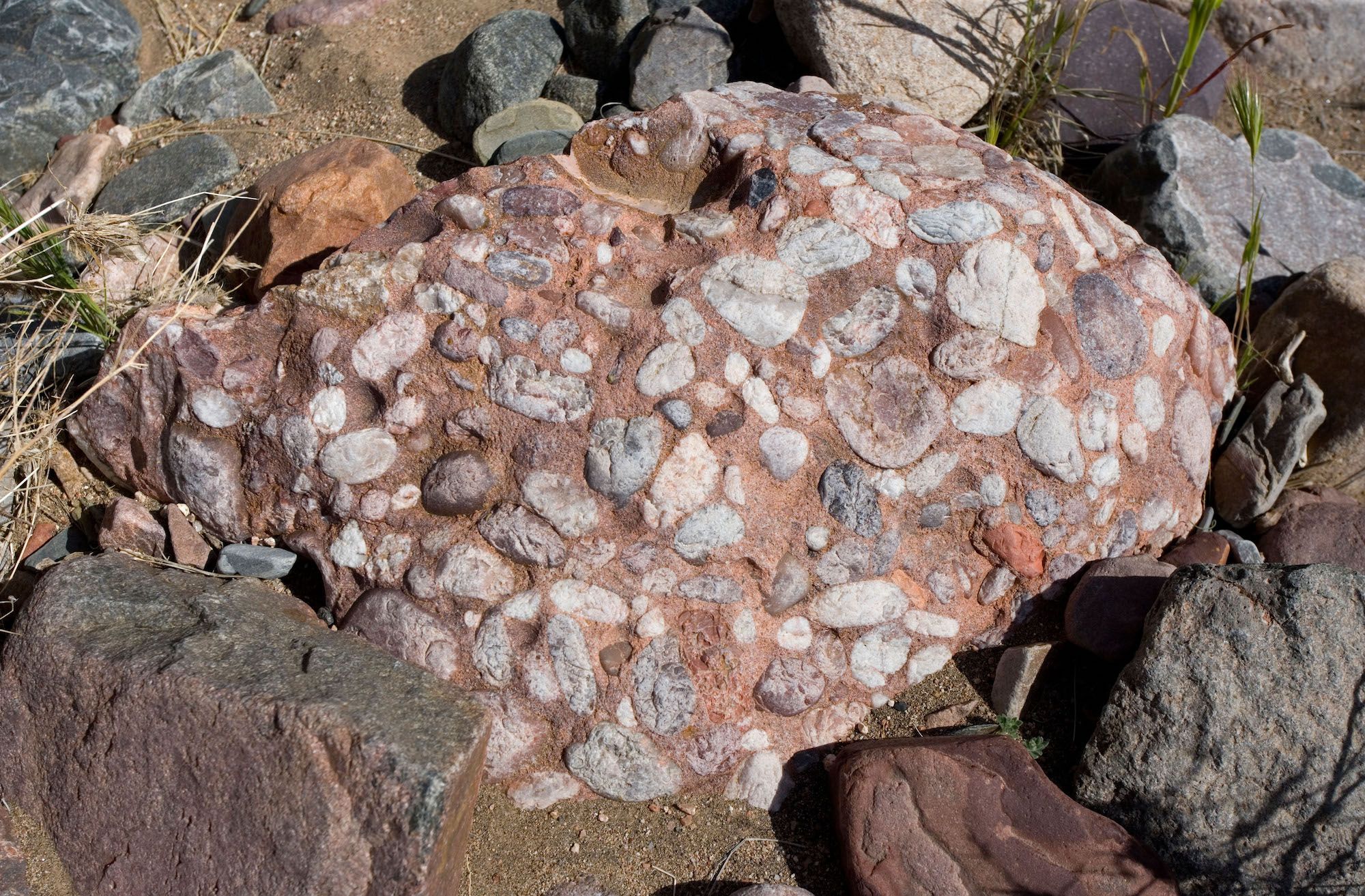The study of fossils is called
paleontology
/https://tf-cmsv2-smithsonianmag-media.s3.amazonaws.com/filer/e1/d3/e1d3fee9-9aaa-4599-ba67-1c71a6d0ed03/1200px-seymouria_fossil.jpg)
what is the name of the theory that supports evolution?
Theory of evolution
Rocks made of several other rock particles cemented together is called
Sedimentary rocks.
All fossils discovered thus far are part of
The Fossil Record
Preserved remains or traces of living things are
Fossils
what is the theory of evolution considered as?
Scientific theory
The process of cementation takes over________ of years.
Millions
Not all living organisms become fossils, and there were times when conditions did not allow fossil formation which is why
the fossil record may be incomplete.
The hollow area inside a sedimentary rock in the shape of an organism is called?
a mold

The fossil record supports what theory?
Theory of evolution
The limb of an extinct organism showing little evidence of digits would be __________ than an extinct organism with visible digits.
older
It is unlikely to find jellyfish fossils because
there are made of mostly soft body parts that would not stay intact long enough to fossilize.
Most fossils are found in these rocks.
Sedimentary rock

All of the information gathered by paleontologist about Earth's past is called the
Fossil record
In horizontal sedimentary rock layers, the oldest layer is at the bottom and each layer is younger than the one below it.
What scientific law states this?
Law of Superposition
Change, diversity, extinctions, environments, and age are documented in
the fossil record of life-forms on Earth.
Fossils in which minerals replace all or part of organism is called
petrified fossils
The theory of evolution never be considered a
scientific law
These provide evidence that ancient and modern tetrapods are related.
What are limb structures.
One bone, two bone, many bone, digits describes
the limb structure connection of ancient and modern tetrapods.